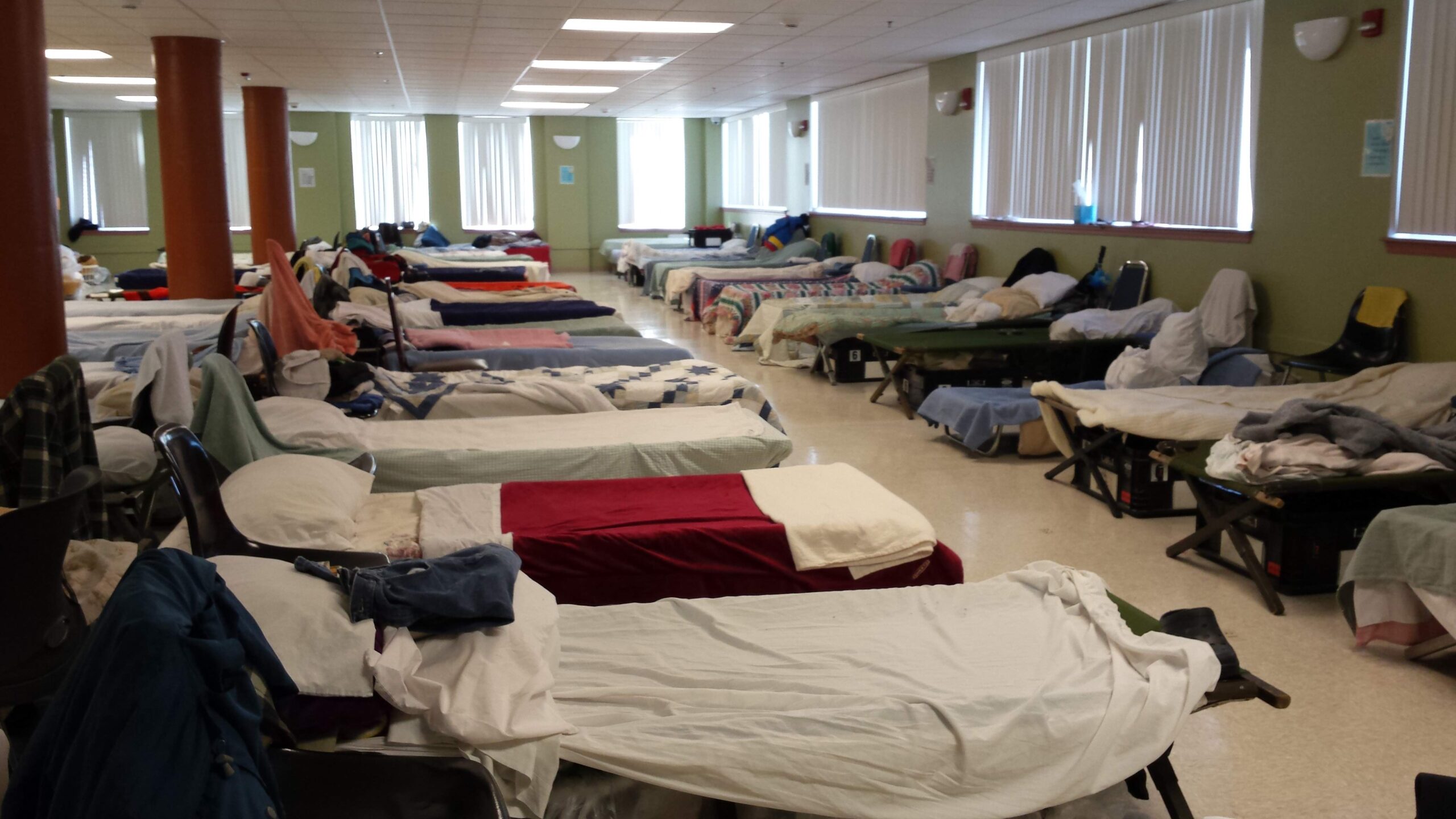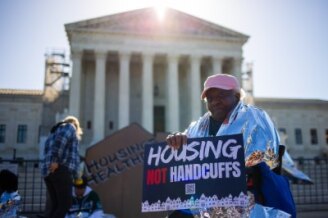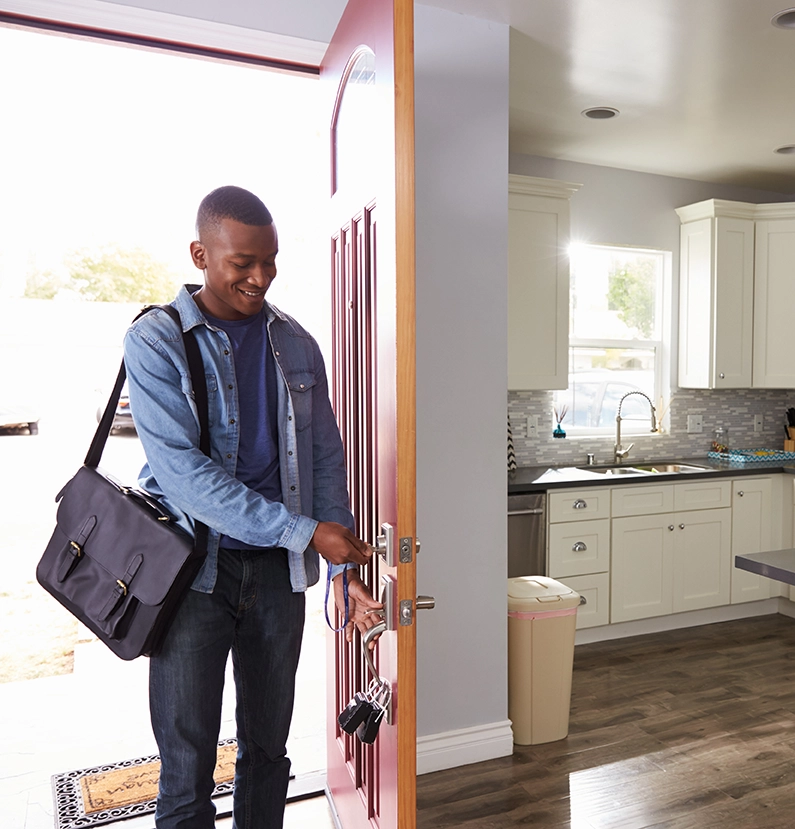Beyond the Bench: Understanding and Addressing Homelessness in the Wake of Criminalization
Pathway Homes provides housing and supportive services to adults in Washington, DC and Northern Virginia. In wake of the Supreme Court’s recent decision that criminalizes homelessness, we’ll be presenting the facts: what homelessness IS, why it happens, the wide-spread effects and solutions.
Join us in fighting for fairness and improving the lives of those who experience homelessness.
#CostOfHomelessness #HealthAndHopeThroughHousing
Number of people who experience homelessness in the Greater DC area.
Homelessness is not just about lacking a roof over one’s head. It includes living in shelters, on the streets or in places not meant for human habitation.
Nearly 10,000 individuals experience homelessness in the greater DC area – an increase of 12% from 2023.
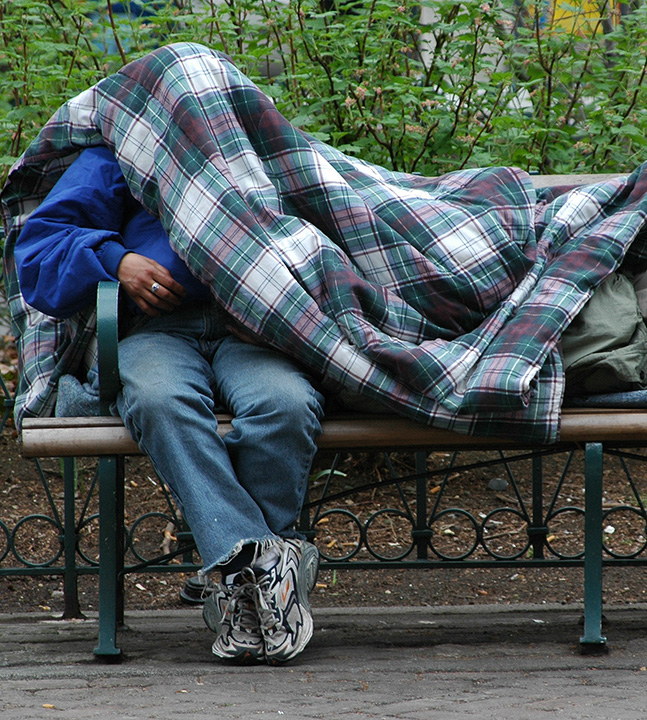
%
increase in the number of people who are experiencing CHRONIC homelessness.
7 out of 8 local jurisdictions in the metro area experienced increases in the number of people experiencing CHRONIC homelessness since 2020.
*Chronically homeless refers to someone with a disabling condition who has either been continuously homeless for a year or more or has had at least four episodes of homelessness in the past three years; cumulatively totaling at least 12 months.
Being Poor and Sick Shouldn't Be a Crime
“I have been watching other communities nationwide struggling with how to address homelessness. For some areas, their answer is to criminalize it. It’s unfortunate that their best idea for ending homelessness was to make it a crime.”
A typical Story
Consider Heather, age 58. Having worked all her life, she is injured. She runs out of sick leave, loses her job and income, apartment, and health insurance. Finds no room in a shelter and ends up sleeping on the streets...
The causes and consequences of having no safe, affordable, secure place to live are complex. Consider one example. Heather, age 58. Having worked all of her life, one day she is injured and unable to crawl out of bed because of the pain. After two weeks she runs out of sick leave, loses her job, thus loses her income, apartment, and health insurance. She couch-surfs for two years, exhausting friends’ generosity, finds no room in any public or private shelter, and ends up sleeping on the streets, where several times she is mugged and raped. Traumatized, now struggling with anxiety and depression as a result of what has happened to her, alone with no money, social support, or options, Heather stands on a corner holding a sign that says, “I’m homeless. Please help,” and is then arrested for loitering and violating the city’s antipanhandling law.
Having nowhere to bathe, she becomes filthy and malodorous. Needing to urinate, she tries to enter restrooms at fast food restaurants, office buildings, and schools to use the facilities. She is shooed away at each place, as the sight and smell of her are seen as bad for business and a threat to others’ feelings of safety.
What Works
Housing Focused
Providing unconditional and permanent housing, combined with support services to ensure that residents can remain housed as they begin to rebuild their lives. The financial impact on the community to care for the most vulnerable in our community is staggering.
Cost of services per day:
Psychiatric Hospital
$3,000
Medical Inpatient
$1,941
Night in Jail
$355
Permanent Housing & Supportive Services
$35
%
Over 95% of those who receive Pathway services remain in housing year after year.
No Single Cause
Homelessness is a complex issue with many facets. Among the common contributing factors:
• Lack of affordable housing
• Unemployment and low wages with rising costs
• Mental illnesses and co-occurring disabilities
• Addiction and substance use
• Systemic racism and inequity
• Health issues which prevent a person from working, along with medical bills
• Victims of Domestic Violence
• Veterans suffering from PTSD
• Young adults formerly in foster care or juvenile detention
• Incarcerated individuals facing re-entry barriers to housing and jobs
• Immigrants with limited English proficiency
Homelessness: Our Social Media Series
Posts added weekly - follow us
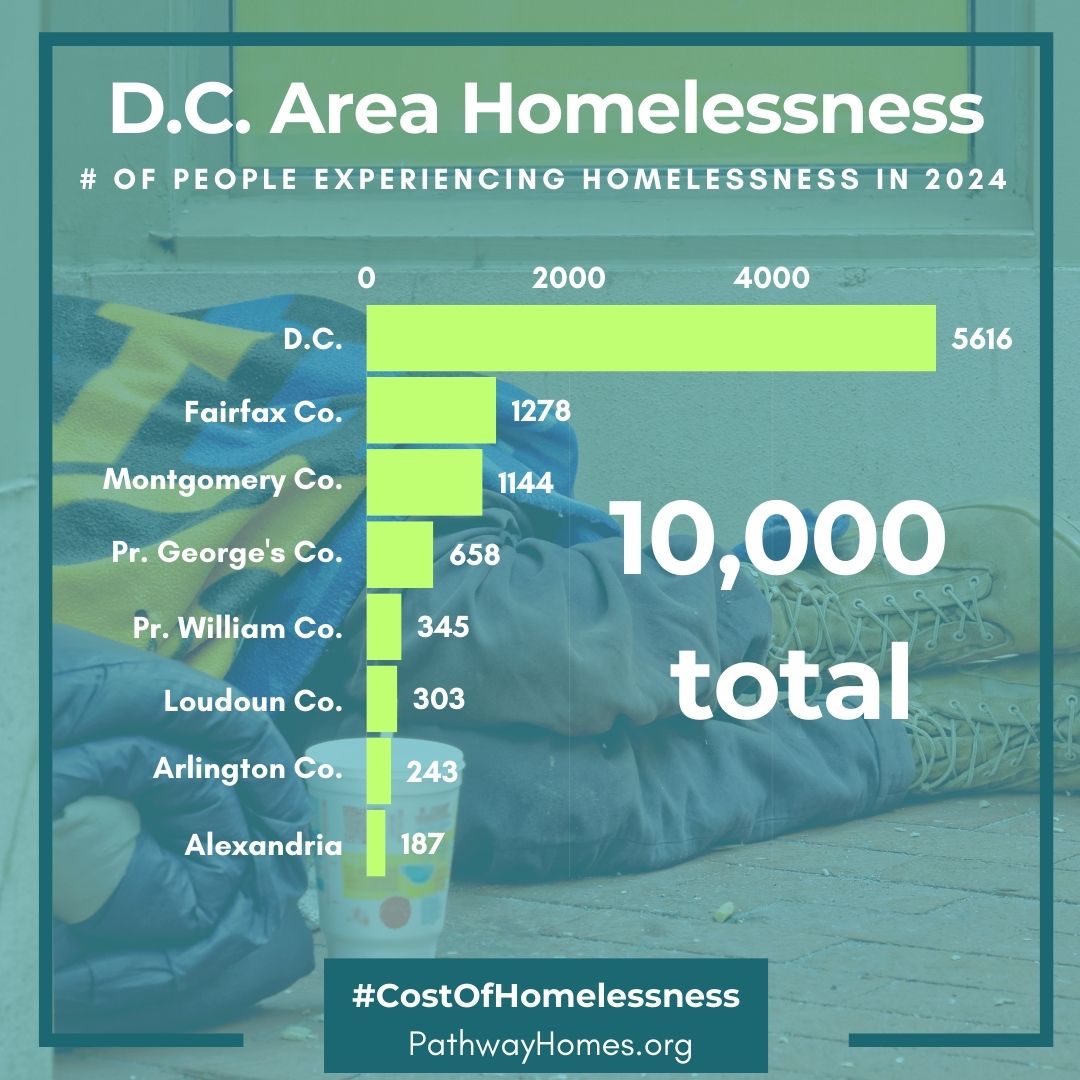
The Stats
How much do you know about HOMELESSNESS in our area? Nearly 10,000 people experience homelessness in the DC area, including families and children – up 12% from 2023.
Homelessness is not just lacking a roof over one’s head. 🏠It’s includes living in shelters, on the streets or in places not meant for human habitation.
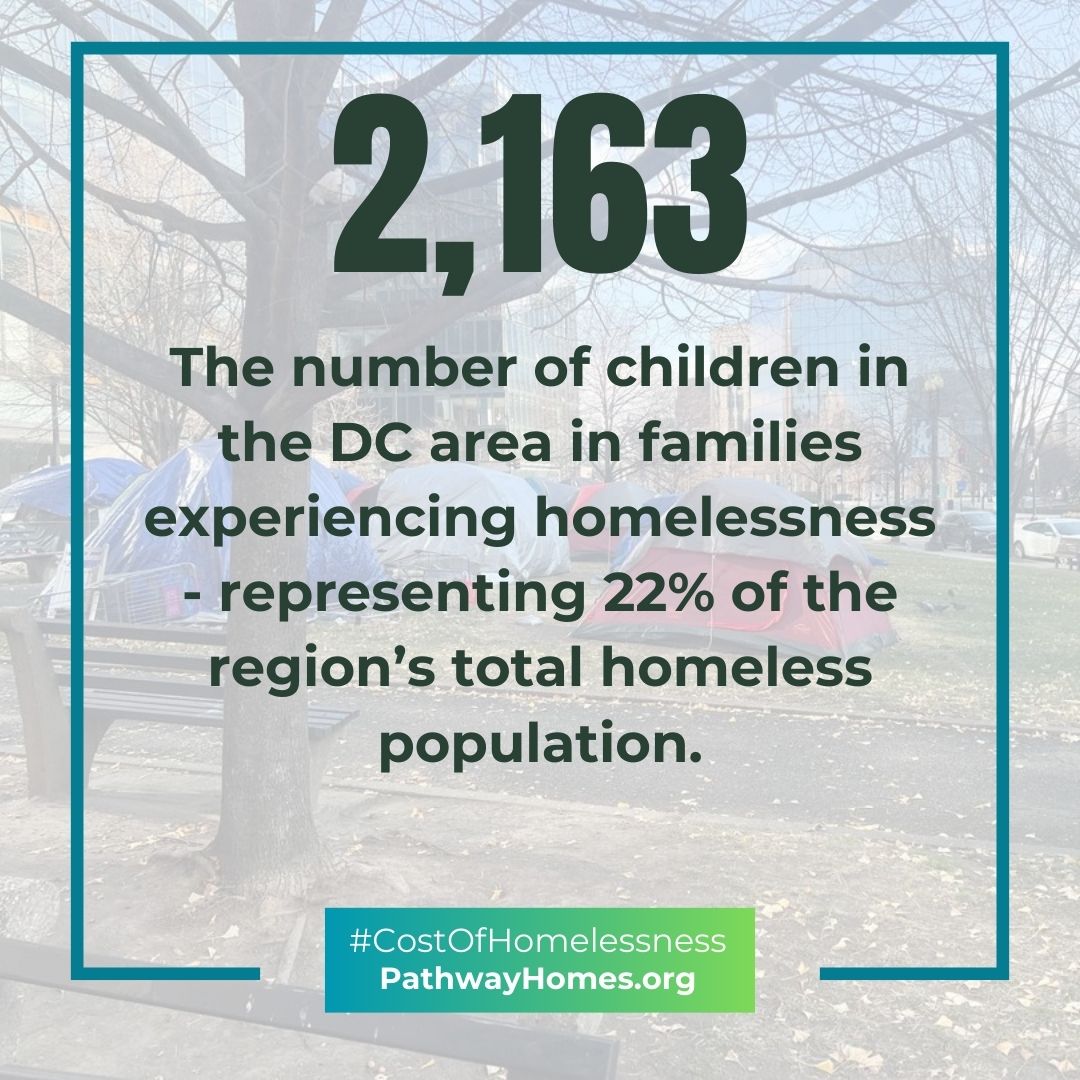
Community Impact
With October as National Youth Homeless Awareness Month, it’s a good time to acknowledge that children experiencing homelessness have higher exposure to violence, exposure to trafficking and severe emotional distress as compared to their housed peers.
The Impact of Pathway Homes In Their Own Words
We fulfill our mission by making available to individuals with mental illnesses and co-occurring disabilities a variety of non-time-limited housing and services to enable them to realize their individual potential.
Marti Kelly's Story
My name is actually Martha Ann Kelly, but my nickname is Marti. My involvement with Pathways began about 20 years ago. After my husband died, I had to go back and live with my parents. I got into a big fight with my mother, and the next thing I know, I’m out on the street and homeless. I was in the Kennedy shelter down by Fort Belvoir for nine months.
I don’t know if it was through my therapist from the Gartner Mental Health Center, or how I got involved in Pathways itself. But now that I have, it’s the best thing that ever happened to me. I’ve got a home; I’ve got an apartment. But it’s just wonderful that even though my husband is gone, and I don’t have any kids, I still have a place to live, thanks to Pathways.
Read more from Marti
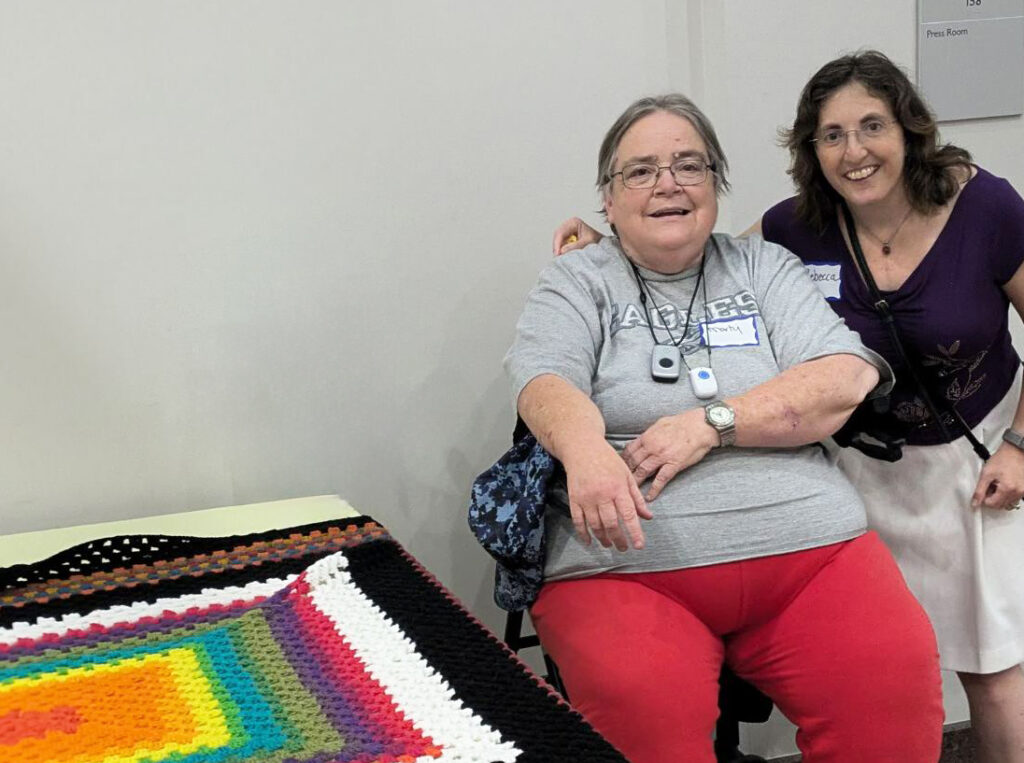
Photo: Marti Kelly with Rebecca Traeger who recently purchased her afghan at the Summer of the Arts Exhibit.
My name is actually Martha Ann Kelly, but my nickname is Marti. My involvement with Pathways began about 20 years ago. After my husband died, I had to go back and live with my parents. I got into a big fight with my mother, and the next thing I know, I’m out on the street and homeless. I was in the Kennedy shelter down by Fort Belvoir for nine months.
I don’t know if it was through my therapist from the Gartner Mental Health Center, or how I got involved in Pathways itself. But now that I have, it’s the best thing that ever happened to me. I’ve got a home; I’ve got an apartment. But it’s just wonderful that even though my husband is gone, and I don’t have any kids, I still have a place to live, thanks to Pathways.
Without Pathways, my life would be very rough. I would have nowhere to go. And I’d probably be in and out of more than one homeless shelter and on days when it’s excruciatingly hot, I might be six feet under the ground because I don’t deal well in heat. All I can say is God bless Pathways.
Pathways has brought me a sense of accomplishment. I thought I should stop thinking about the negative things that people think about me and start thinking about the positive things about myself. You know, I started looking in the mirror and saying, look, you’re a good kid. You’re going to do well today. You’re going to have a good day. Ever since I became a Pathways consumer, I’ll admit I still have my downs, but I’ve had more ups than I’ve had downs because of Pathways.
My art is crocheting. I never considered that art until I started bringing the pieces out here to the show [Pathway Homes Summer of the Arts Exhibition]. Last year, my one piece sold for $50. Now I’ve got a bigger one and it sold for $100. My grandmother taught me how to do what is called a granny square and that’s exactly what that is. I like it because I can keep going around. And the more I go around, the bigger and bigger it gets. My family doesn’t like it, but everybody else does. And I’ve had a couple people come by and ask me, how did I come up with these color combinations? That they’re absolutely beautiful!
My grandmother taught me crocheting when I was 13 years old. I would go with my dad to Lowe’s or Home Depot where they have the strips with the paint colors on them. And now I go to places like Hobby Lobby, Michaels or Joann’s and I’ll just stand and it’s like, okay, which color are we going to start with? I’ll grab this shade of blue and then go to a lighter shade or a darker shade depending on which way I want to go. That’s how I’ve done it. I’ve got 250 gallon containers full of yarn.
I call it my stress releaser. Now, I love to do it even if I’m not under any stress. But definitely when I get under stress, I start looking for the needle and looking for the next color that I’m going to do. It eases me, calms me down, and keeps my hands moving. I’ve been crocheting for 51 years so I can do it now and still watch TV. I can multitask when it comes to crocheting. And that’s my love.
Raymond Walsh's Story
My name is Raymond Walsh. Over the past year and a half, I have lived at a Pathway Homes assisted living facility called Stevenson Place. There, I experienced many transformations in my life. I am here today to share a glimpse of my journey in recovery.
In 1994, I found myself on a bridge at Lake Accotink in Springfield, Virginia. I jumped off, causing me to break my back and fracture my leg. I was struggling with hearing voices in my head, a symptom of schizophrenia. Once I started taking medication to manage my condition, my journey to recovery began.
Read more from Raymond
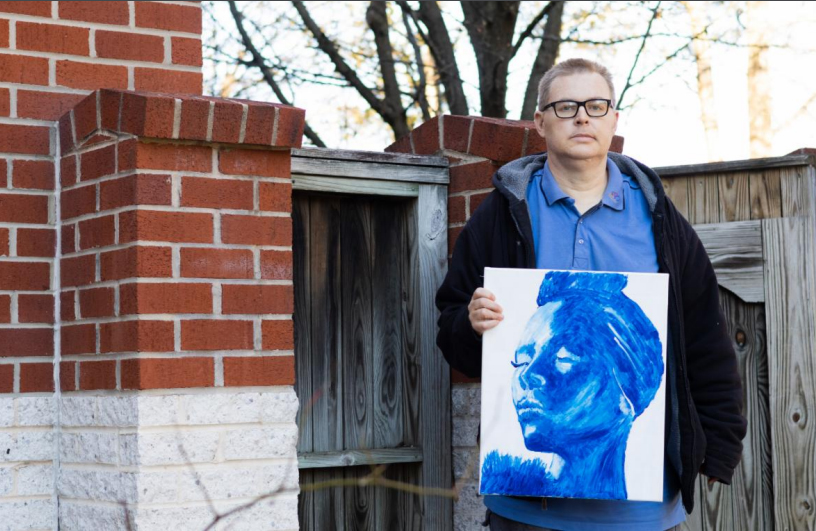
Photo: Raymond Walsh displays one of his pieces of artwork sold at Pathway Homes’ Summer of the Arts Exhibit.
My name is Raymond Walsh. Over the past year and a half, I have lived at a Pathway Homes assisted living facility called Stevenson Place. There, I experienced many transformations in my life. I am here today to share a glimpse of my journey in recovery.
In 1994, I found myself on a bridge at Lake Accotink in Springfield, Virginia. I jumped off, causing me to break my back and fracture my leg. I was struggling with hearing voices in my head, a symptom of schizophrenia. Once I started taking medication to manage my condition, my journey to recovery began. Before coming to Pathways, I went from living with my parents while attending a day program, to a residential intensive care facility in Fairfax, where I shared my space with three others.
Now, here at Pathways, I have found solace in many activities. I spend my time reading, building radios, and creating art. For the past eight years, art has been my most effective coping mechanism. The art medium I enjoy the most is acrylic painting. I was able to hone my skills by taking classes at the Torpedo Factory. This has influenced me to start a weekly art class for my fellow residents at Stevenson Place.
Art is a great way to express yourself and it makes me feel at peace. I am incredibly thankful for all the opportunities I have received at Pathway Homes. I was able to sell 7 pieces of art at Pathway Homes’ annual Summer of the Arts Exhibition last July! I would like to end this with a quote from my favorite artist, Vincent van Gogh, “What would life be if we had no courage to attempt anything?”
Pathway Homes, Inc.
For 44 years, Pathway Homes has provided permanent, stable housing and supportive services for men and women with mental illnesses and co-occurring disorders, many of whom have experienced homelessness.
In 2023, Pathway Homes served 2,074 people and housed 701 tenants.
YOU CAN DO something about Homelessness
How You Can Help
Become a Volunteer
Volunteer on your own or arrange a team of volunteers from where you work.
Make a Donation
Join the Team
Advocate for those often without a voice. We need many concerned citizens to lend their voices in support of improved public policies to protect and improve housing and mental health services, increase access to mental health services, and support effective recovery services for individuals with mental illnesses.
